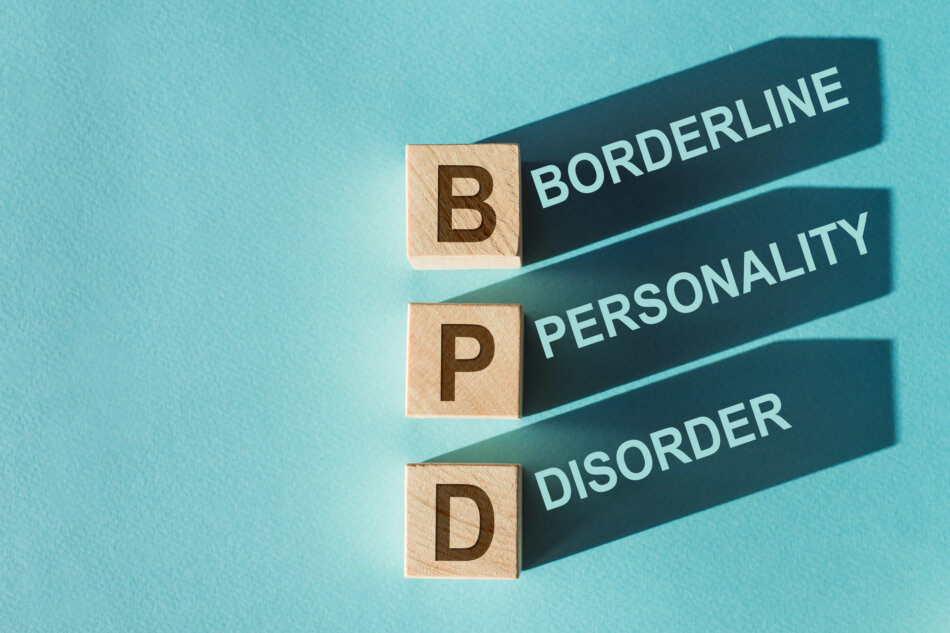Finding the right borderline personality disorder therapy for adults can feel overwhelming when you’re managing emotional volatility, unstable relationships, and impulsive urges. You may wonder which evidence-based treatment can offer structure, safety, and lasting stability. In this guide, you’ll learn about key therapy approaches, program settings, insurance considerations, and what to expect in treatment. By the end, you’ll feel empowered to choose a program that meets your needs for long-term recovery.
Understanding personality disorders
Personality disorders are complex patterns of thinking, feeling, and behaving that cause distress and impair relationships. Borderline personality disorder, or BPD, is marked by chronic emotional instability, intense mood swings, fear of abandonment, and impulsive actions such as self-harm or substance misuse. You might recognize patterns of unstable self-image, rapid shifts between idealizing and devaluing others, or a persistent sense of emptiness.
Nationwide studies estimate that BPD affects about 1.6% of adults, with prevalence ranging from 11% to 12% in outpatient mental health settings and up to 22% among psychiatric inpatients. Many people with borderline personality disorder also experience co-occurring conditions:
- 96% report a lifetime mood disorder, 83% report depression
- 88% have an anxiety disorder, including PTSD or panic disorder
- Nearly two-thirds struggle with substance abuse
- About 25% face eating disorders
- The suicide rate is 5.9%, with three-quarters having attempted at least once
As you explore therapy options, understanding these statistical insights can help you see that stability and remission are possible. Over half of those treated for BPD achieve remission within five to 15 years after completing therapy.
Key therapy approaches
Evidence-based treatments provide structure and proven strategies to manage intense emotions and impulsive behaviors. The three cornerstone approaches for adults with BPD are dialectical behavior therapy, cognitive behavioral therapy, and trauma-informed care.
Dialectical behavior therapy
Dialectical behavior therapy, or DBT, was specifically developed for BPD. It combines individual therapy, skills training groups, phone coaching, and therapist consultation teams. Key DBT modules include:
- Mindfulness, to increase present-moment awareness
- Distress tolerance, to manage crises without harmful coping
- Emotion regulation, to identify and change intense feelings
- Interpersonal effectiveness, to build healthy relationships
Research shows DBT significantly reduces suicidal ideation and self-harm. A 90-day intensive DBT program helps you move from feeling out of control to managing behaviors with confidence. For program options, explore our dbt therapy program for adults.
Cognitive behavioral therapy
Cognitive behavioral therapy, or CBT, focuses on identifying and changing negative thought patterns that fuel emotional dysregulation. In CBT you learn to:
- Recognize distortions such as all-or-nothing thinking
- Challenge unhelpful beliefs about yourself and others
- Develop coping strategies for anxiety and depression
- Set realistic goals and practice problem-solving
CBT can reduce mood swings and anxiety while building practical skills for daily life. If emotional ups and downs interfere with your relationships or work, consider therapy for adults with emotional dysregulation.
Trauma-informed therapy
Many adults with BPD have a history of trauma that contributes to emotional instability. Trauma-informed therapy creates a safe environment where you can:
- Understand how past events shape current reactions
- Develop skills to manage triggers
- Process traumatic memories at your pace
- Build resilience through grounding and self-compassion
This approach prioritizes safety and trust before delving into deeper issues. To find specialized care, see our bpd and trauma treatment for adults.
Program formats and settings
Selecting a format that fits your lifestyle and clinical needs is crucial. Programs range from 24-hour residential care to weekly outpatient sessions.
Inpatient and residential programs
Inpatient and residential treatment offers 24-hour supervision, structured daily schedules, and intensive therapy. Benefits include:
- Safe, substance-free environment
- Access to individual and group therapy
- Ongoing skills coaching
- Peer support in a therapeutic community
Residential treatment for adults with personality disorders can be ideal if you need a high level of structure and support.
Intensive outpatient and day programs
If you require flexibility to live at home, look into intensive outpatient programs (IOPs) or day treatment. These typically provide:
- Three to five days per week of group and individual sessions
- Focused work on DBT or CBT skills
- Coordination with your personal support network
- Opportunities to practice coping in real-world settings
Programs such as outpatient bpd and mood regulation program offer a balance of structure and independence.
Long-term outpatient therapy
For steady progress over months or years, long-term outpatient therapy involves weekly sessions with a therapist and occasional group work. This format helps you:
- Integrate skills into everyday life
- Monitor co-occurring conditions such as depression or anxiety
- Adjust treatment plans as you grow
- Maintain support between intensives
Consider long-term therapy for adults with personality disorders if you value consistency and gradual change.
Insurance coverage and access
Navigating insurance can feel daunting, especially since BPD is classified as a personality disorder. Mental health parity laws require equal coverage for mental and physical health, but limitations remain. Common scenarios include:
- Outpatient therapy and intensive outpatient programs are often covered with pre-authorization.
- Inpatient or residential care may require proof of medical necessity.
- Coverage for DBT, CBT, and group therapy varies by plan.
- Online therapy sessions are increasingly recognized as valid treatment.
If you’re concerned about costs, start by calling your insurer to ask about emotional regulation treatment that accepts insurance. A trained therapist or program coordinator can also advocate on your behalf to secure coverage.
Choosing the right therapy
When evaluating programs, consider these factors to ensure the best fit:
- Clinical expertise – Does the staff specialize in BPD and co-occurring disorders?
- Treatment modalities – Are DBT, CBT, and trauma-informed approaches available?
- Program intensity – Do you need full-time care or outpatient support?
- Insurance acceptance – Will your plan cover most of the costs?
- Location and schedule – Can you commit to the session frequency?
- Aftercare planning – Is there ongoing support after the intensive phase?
As you explore options, our personality disorder treatment for adults page can help you compare offerings and ask the right questions.
What to expect
Entering therapy for borderline personality disorder typically involves:
- A thorough assessment, including mood, trauma history, and self-harm risk
- Development of an individualized treatment plan
- Combination of individual sessions, group skills training, and phone coaching
- Regular reviews of progress with measurable goals
Programs often last anywhere from 3 months to a year or more, depending on severity and response to treatment. You’ll learn to track your emotions, identify triggers, and practice new coping strategies under professional guidance.
Building lasting stability
Therapy is just the beginning of your journey. To sustain progress and prevent relapse, incorporate these strategies:
- Reinforce skills daily through worksheets or apps
- Engage a support network, including peers in therapy and family
- Attend follow-up groups or alumni events
- Develop an emergency plan for crisis moments
- Explore ongoing support such as borderline personality disorder recovery and support communities
- Practice self-care routines that foster balance and well-being
If you need structured follow-up, our emotional stability program for adults can guide you toward consistent growth and resilience.
No matter where you start, remember that recovery is possible. With the right borderline personality disorder therapy for adults you can find safety, build emotional regulation skills, and cultivate a life of stability and hope.










